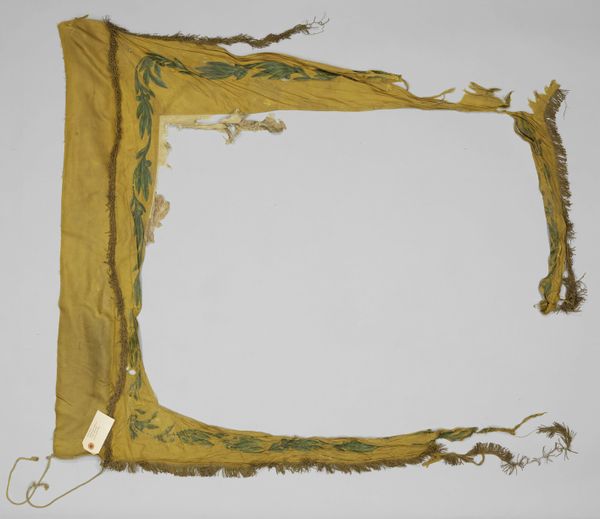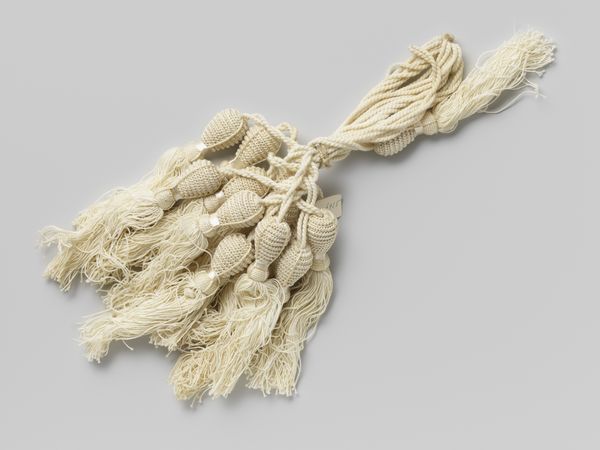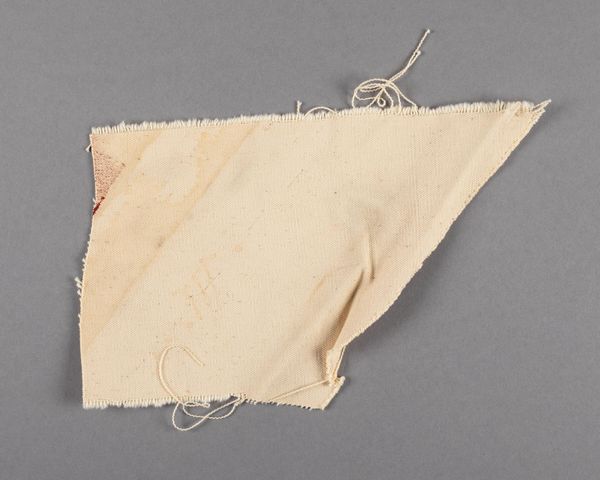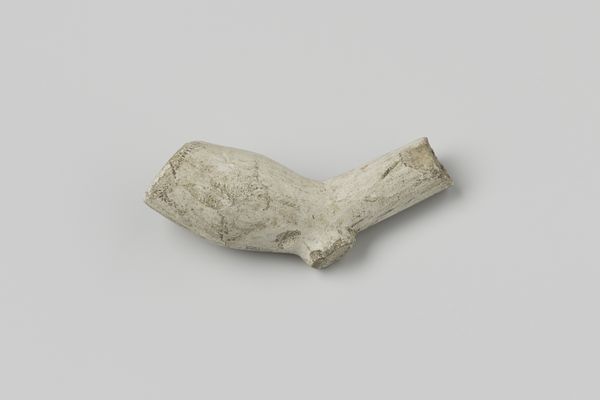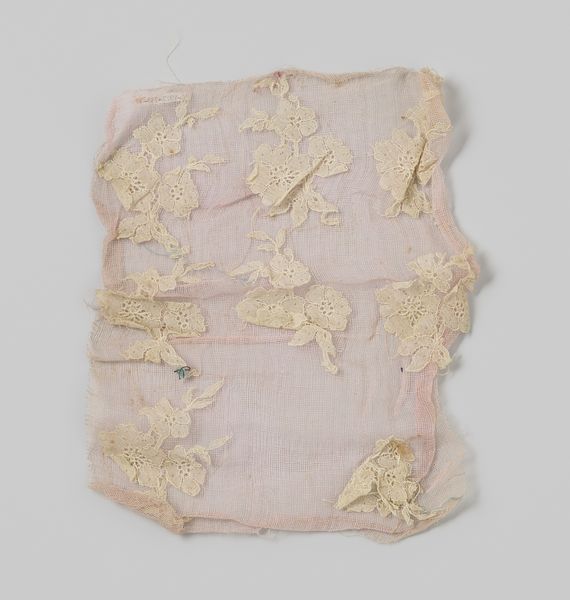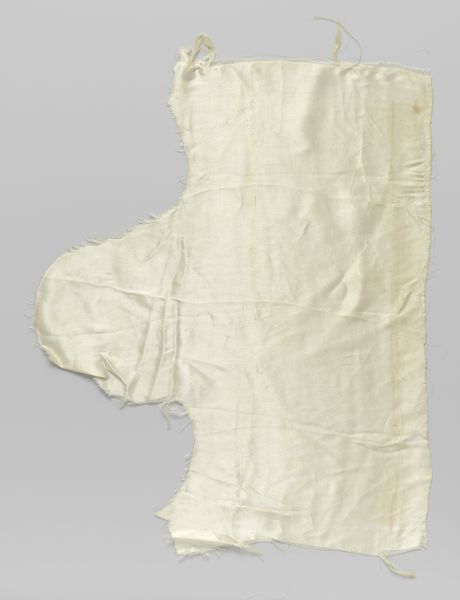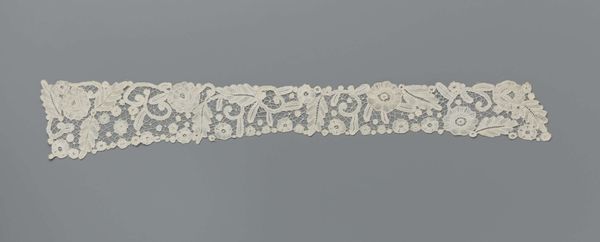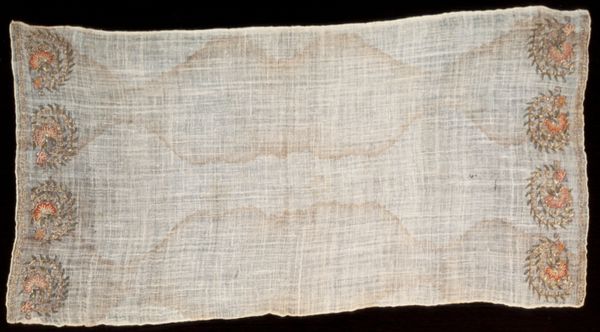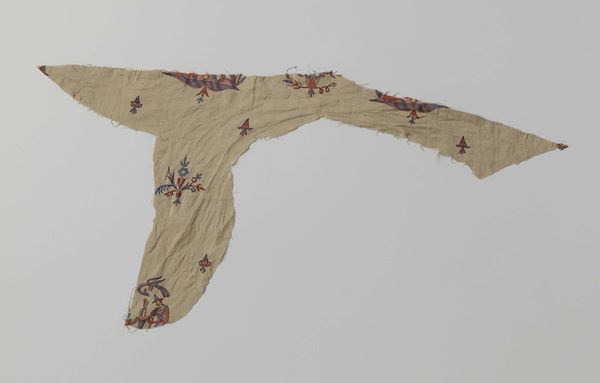
fibre-art, weaving, textile
#
fashion design
#
underwear fashion design
#
fibre-art
#
fashion mockup
#
weaving
#
textile
#
fashion and textile design
#
fashion based
#
wearable design
#
fabric design
#
clothing photo
#
textile design
#
decorative-art
#
clothing design
Dimensions: height 132 cm, width 110 cm, length 102 cm, width 28 cm
Copyright: Rijks Museum: Open Domain
Editor: Here we have an exquisite needle lace overdress featuring peony roses, crafted circa 1870 to 1890 by Maison Sacré. The delicate weave just captivates me; it's incredibly intricate and fine. I wonder, what can you tell me about the social context in which something like this would have been made and worn? Curator: That’s a wonderful observation. Consider the Maison Sacré operated during the height of the haute couture era. This piece speaks to the rise of industrialization that democratized dressmaking and ready-to-wear, therefore empowering wealthy clients, particularly those who acquired their wealth during that same period, to acquire a more traditionally aristocratic silhouette, made increasingly available by department stores and mass manufacturing. Now, if this piece dates later into that range that you introduced, circa 1890, how might it further express the social tensions in French fashion at the time? Editor: Hmmm, would this potentially then signal a shift towards more ready-to-wear pieces as opposed to those requiring skilled and personalized craftsmanship? The kind represented by the exquisite details of the dress, even despite its fashionable attributes. Curator: Precisely. Think about who is buying it and what messages their sartorial choices communicated. And conversely, consider the working conditions of women producing items like these. These labor relations can further underscore socioeconomic divides. Editor: It is so striking to think about what lies beneath its immediate delicate beauty, and the social realities of its time. I learned a lot! Curator: Absolutely. It highlights that even the most seemingly benign object holds a wealth of information regarding its contemporary moment and our place within its ongoing legacy.
Comments
No comments
Be the first to comment and join the conversation on the ultimate creative platform.
